Integration of Advanced Technologies
The integration of advanced technologies within the Hybrid Fibre Coaxial Market is a significant driver of growth. Innovations such as DOCSIS 3.1 and 5G technology are enhancing the capabilities of hybrid fibre coaxial systems, allowing for faster data transmission and improved network efficiency. These advancements enable service providers to offer enhanced services, including ultra-high-definition video streaming and smart home applications. As a result, the market is witnessing an influx of investments aimed at upgrading existing infrastructure to support these technologies. Furthermore, the adoption of advanced technologies is expected to attract new players into the Hybrid Fibre Coaxial Market, fostering competition and driving further innovation. This dynamic environment suggests a robust future for hybrid fibre coaxial solutions as they adapt to the demands of modern consumers.
Rising Demand for High-Speed Internet
The Hybrid Fibre Coaxial Market is experiencing a notable surge in demand for high-speed internet services. As consumers increasingly rely on the internet for various activities, including remote work, online education, and entertainment, the need for faster and more reliable connections has become paramount. According to recent data, the number of broadband subscriptions has seen a steady increase, with many households opting for higher bandwidth packages. This trend is likely to drive investments in hybrid fibre coaxial infrastructure, as service providers seek to enhance their offerings. The ability of hybrid fibre coaxial technology to deliver high-speed internet over existing coaxial networks positions it as a viable solution for meeting this growing demand. Consequently, the Hybrid Fibre Coaxial Market is poised for expansion as providers adapt to the evolving needs of consumers.
Growing Demand for Smart Home Solutions
The growing demand for smart home solutions is influencing the Hybrid Fibre Coaxial Market. As consumers increasingly adopt smart devices and home automation systems, the need for reliable and high-speed internet connectivity becomes essential. Hybrid fibre coaxial technology offers the bandwidth necessary to support multiple connected devices simultaneously, making it an attractive option for households looking to implement smart home solutions. This trend is reflected in the rising sales of smart home products, which require stable internet connections for optimal performance. Service providers are likely to capitalize on this demand by promoting hybrid fibre coaxial services that cater to smart home users. Consequently, the Hybrid Fibre Coaxial Market is expected to benefit from this growing segment, as it aligns with the broader trend of digital transformation in residential settings.
Shift Towards Streaming and Digital Content
The shift towards streaming services and digital content consumption is reshaping the Hybrid Fibre Coaxial Market. As more consumers abandon traditional cable television in favor of on-demand streaming platforms, the demand for reliable and high-speed internet connections has intensified. This transition is reflected in the increasing number of subscribers to streaming services, which has prompted service providers to enhance their network capabilities. Hybrid fibre coaxial technology, with its ability to deliver high-speed internet, is well-positioned to support this trend. The market is likely to see a rise in partnerships between streaming companies and internet service providers, further driving the adoption of hybrid fibre coaxial solutions. This evolving landscape indicates that the Hybrid Fibre Coaxial Market will continue to grow as it aligns with the changing preferences of consumers.
Increased Investment in Telecommunications Infrastructure
Increased investment in telecommunications infrastructure is a critical driver for the Hybrid Fibre Coaxial Market. Governments and private entities are recognizing the importance of robust communication networks to support economic growth and social connectivity. As a result, there has been a concerted effort to upgrade existing infrastructure and expand network coverage. This investment is particularly evident in rural and underserved areas, where hybrid fibre coaxial technology can provide a cost-effective solution for delivering high-speed internet. The infusion of capital into the Hybrid Fibre Coaxial Market is likely to accelerate the deployment of new networks and enhance service quality. Moreover, this trend may lead to the development of innovative business models that leverage hybrid fibre coaxial capabilities, further stimulating market growth.
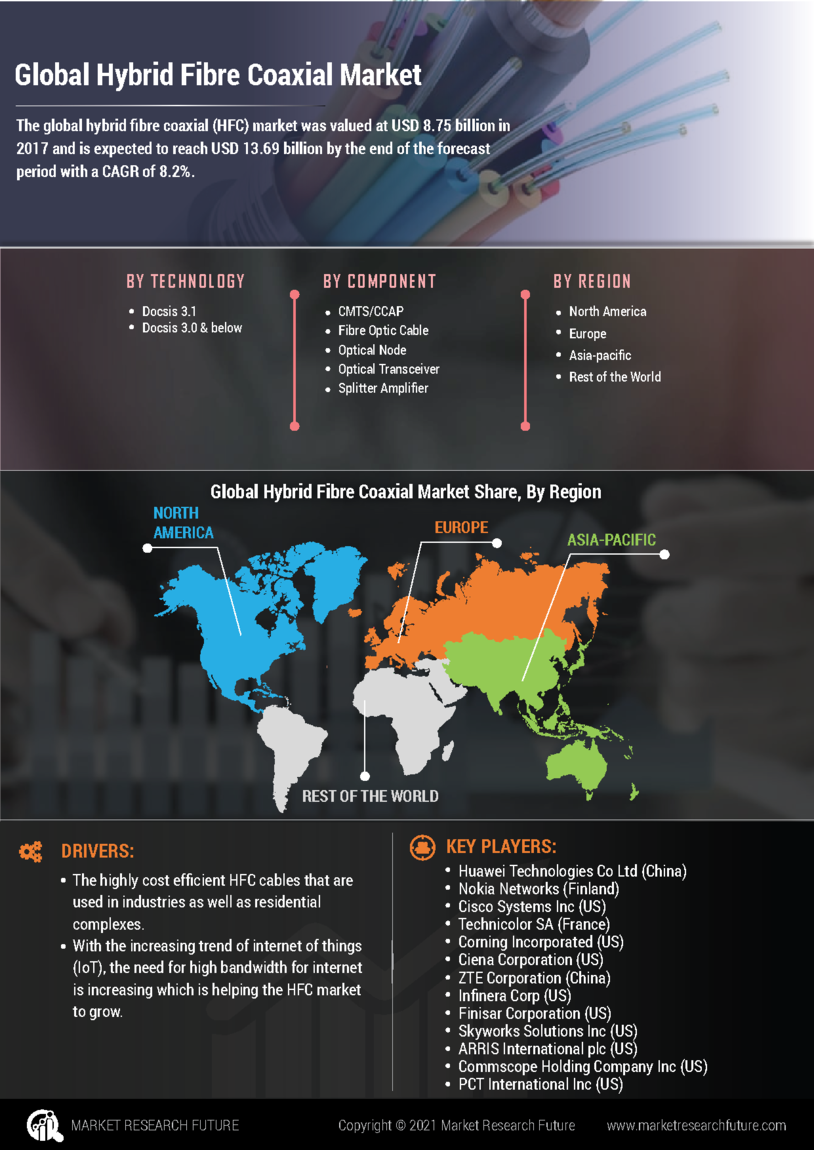

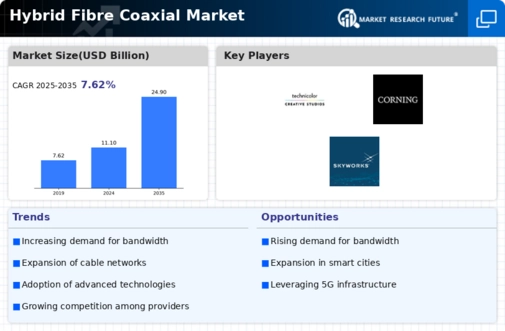
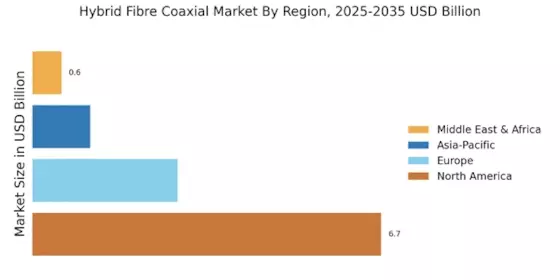
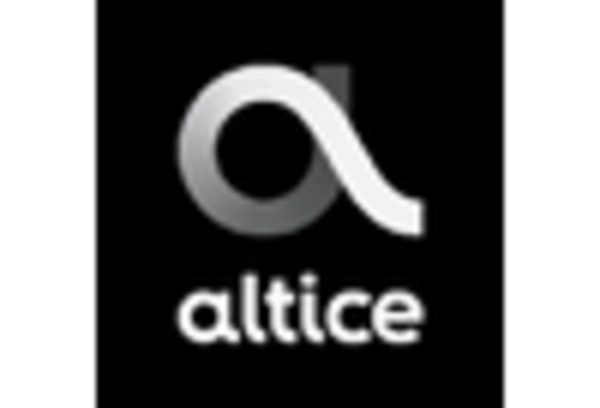
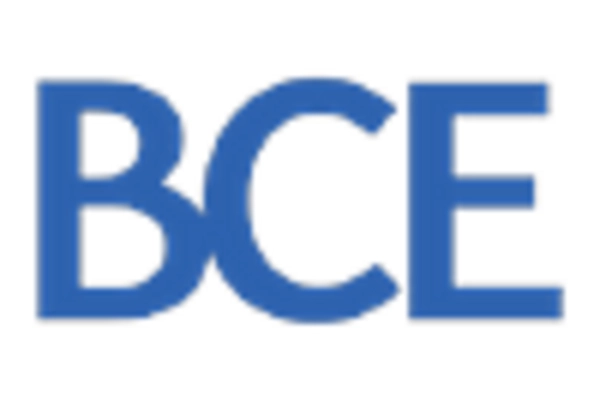


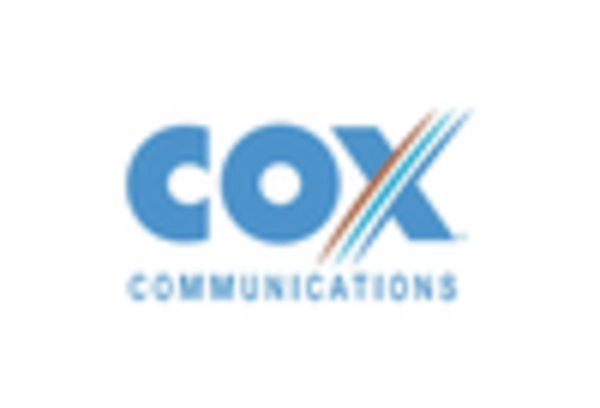
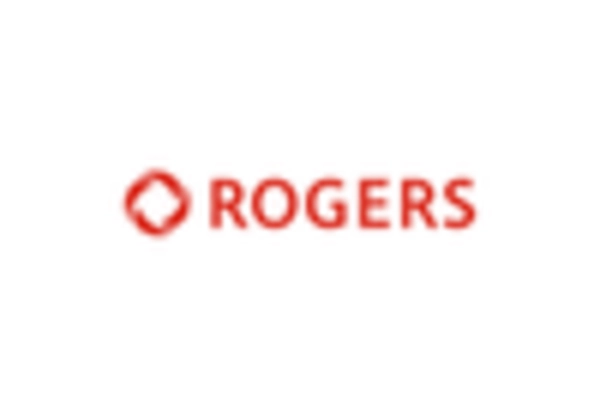








Leave a Comment